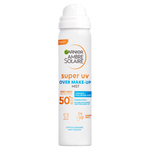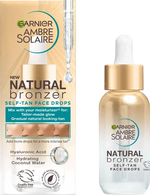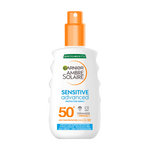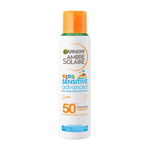
Ambre Solaire
Shop our Advanced Sun Protection and Self-tan Products for Protected and Radiant Skin

AMBRE SOLAIRE
Healthy skin, beautiful tan. Our sun protection and self-tan products keep your skin safe and radiant.
DISCOVER
MOST LOVED AMBRE SOLAIRE PRODUCTS
MOST LOVED AMBRE SOLAIRE PRODUCTS

AMBRE SOLAIRE Super UV Over-Makeup SPF50+ Protection Mist

Ambre Solaire Face Tan Serum Natural Bronzer Self-Tan Face Drops

Ambre Solaire Sensitive Advanced SPF50+ Protection Spray

